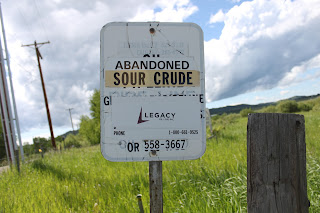Cracked Dam Upriver From Hanford Nuclear Reservation
B. McPherson
Expose by Seattle TV station points out danger to public by careless handling of radioactive waste.
The Wanapum Dam on the Columbia River has a large crack in a
spillway pier. It is about 2inches(5 cm) wide and 65 feet long . The damage to
the hydroelectric facility was discovered during a routine check by a dam
worker.
Since the discovery of the crack, officials have drawn down
the water behind the dam by about 26 feet to take pressure off the structure.
The dam is 180 feet high and was built over 50 years ago. It is up river from
another half century old dam, Priest Rapids Dam, which is 178 feet high,
impounding another large lake. There is a danger that if the Wanapum Dam fails,
it could overwhelm the Priest Rapids Dam and a massive wall of water would bear
down on the Hanford Nuclear Reservation.
The Hanford site was developed during the Second World War
and produced the fissionable material for the first atomic bomb. It became the
main production centre during the Cold War producing weapons grade plutonium. At its height of
production nine nuclear reactors were built with five plutonium processing
plants on the grounds. All except one nuclear reactor has been entombed in
concrete, but the original one does not have a containment shell.
The wartime attitude left safety far down on the priority
scale. Today the area stores 53 million US gallons of liquid radioactive
material, 25 million cubic feet of solid radioactive material and has
contaminated about 200 square miles of groundwater. From time to time the
Columbia River receives it.
It does not take a nuclear physicist to image the massive
toxic contamination that would result if the upriver dams fail.
Further Reading
ENE News

Comments
Post a Comment